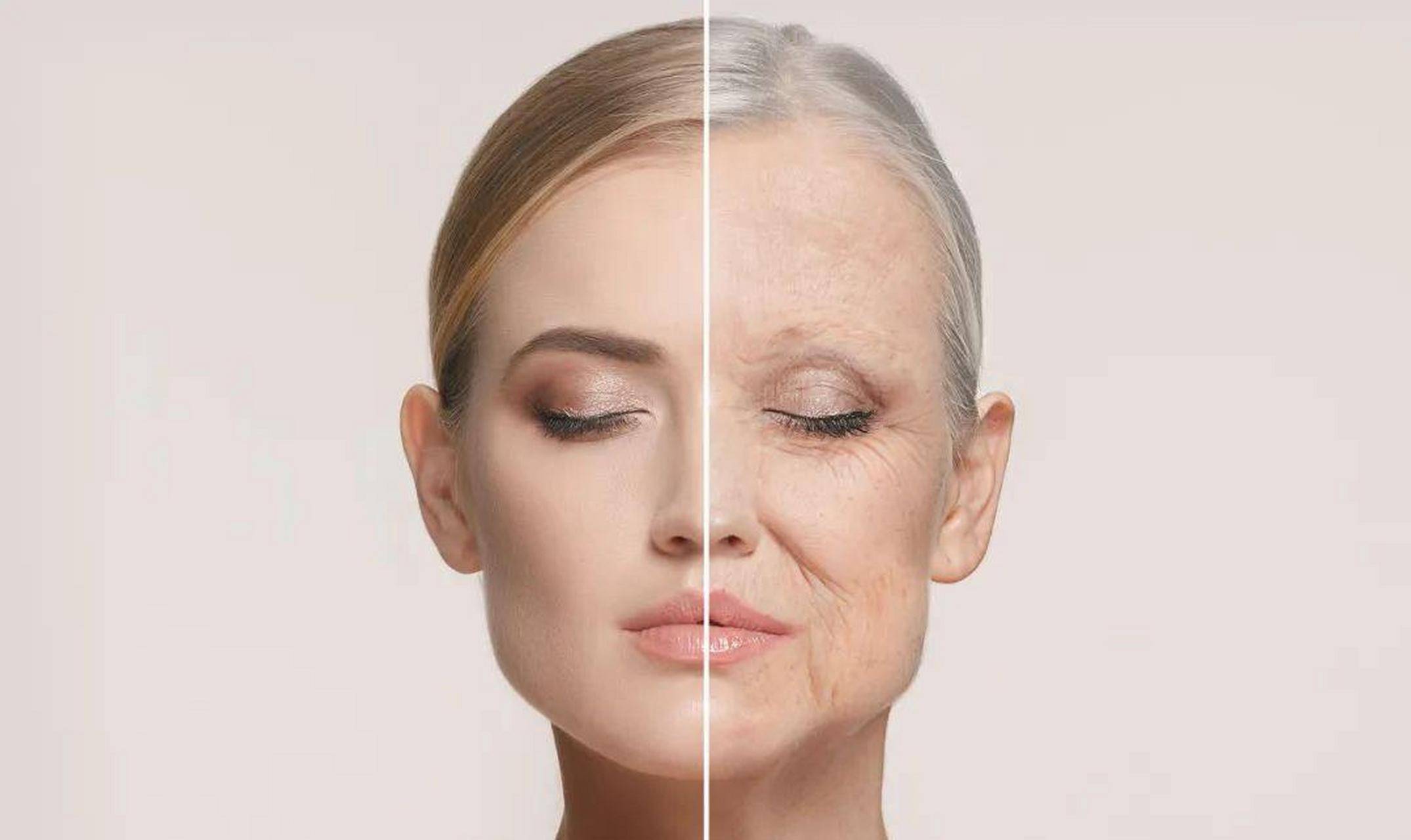In recent years, bakuchiol has garnered significant attention as a “plant-based alternative” to retinol. Derived from the babchi plant (Psoralea corylifolia), this natural ingredient has emerged as a hot topic in the skincare industry due to its comparable anti-aging efficacy and gentler profile. This article examines the feasibility of bakuchiol replacing retinol by analyzing their mechanisms of action, efficacy, safety, target demographics, and market potential.
I. Similarities and Differences in Mechanisms of Action
Although bakuchiol and retinol differ chemically, both modulate gene expression to combat aging. Retinol, a vitamin A derivative, activates retinoid receptors (RAR/RXR) to stimulate collagen synthesis and accelerate cellular turnover. However, its irritation potential stems from its potent effects on the skin barrier.
Bakuchiol operates through non-retinoid receptor pathways. For instance, it inhibits matrix metalloproteinases (MMP-1, MMP-3) to reduce collagen degradation while upregulating the synthesis of collagen types I and III, thereby addressing photoaging. Studies also highlight bakuchiol’s ability to suppress 5α-reductase (reducing sebum production) and its antimicrobial properties, making it suitable for acne-prone skin.
II. Efficacy Comparison: Balancing Anti-Aging and Tolerance
1. Wrinkle Reduction and Photoaging Improvement
Multiple clinical trials demonstrate that bakuchiol matches retinol in reducing wrinkle area and hyperpigmentation. A 12-week double-blind study found that 0.5% bakuchiol cream achieved comparable anti-wrinkle results to 0.5% retinol cream, with superior tolerance—users reported less peeling and stinging.
2. Antioxidant and Anti-Inflammatory Properties
Bakuchiol’s antioxidant capacity extends beyond free radical scavenging; it also inhibits tyrosinase activity to suppress melanin production, outperforming arbutin in brightening effects. Its anti-inflammatory action alleviates redness in sensitive skin, whereas retinol may exacerbate such issues.
3. Photosensitivity and Usage Flexibility
Retinol requires nighttime application due to photosensitivity, whereas bakuchiol can be used day or night without strict photoprotection, simplifying skincare routines.
III. Safety and Demographic Advantages
1. Low Irritation Potential
Retinol’s common side effects—dryness, peeling, and erythema—are amplified in sensitive skin. Bakuchiol’s mildness makes it an ideal substitute, with clinical trials showing significantly lower irritation rates.
2. Pregnancy and Lactation Compatibility
Retinol is cautioned against during pregnancy due to teratogenic risks, while bakuchiol has no such documented concerns. Though further research is needed, these populations are preliminarily deemed safer.
3. Synergy with Other Ingredients
Bakuchiol stabilizes retinol’s activity when combined, reducing irritation. It also synergizes with vitamin C and hyaluronic acid to enhance anti-aging and hydration benefits.
Bakuchiol does not wholly replace retinol but offers a gentler alternative. It excels for sensitive skin, daytime anti-aging, or pregnancy-safe regimens, while retinol remains irreplaceable for severe acne and deep wrinkles. Future trends may favor combining both to maximize efficacy through synergy. As research and formulation technologies advance, bakuchiol is poised to carve a critical niche in anti-aging skincare, driving the industry toward solutions that balance potency and tolerability.

Leave A Comment